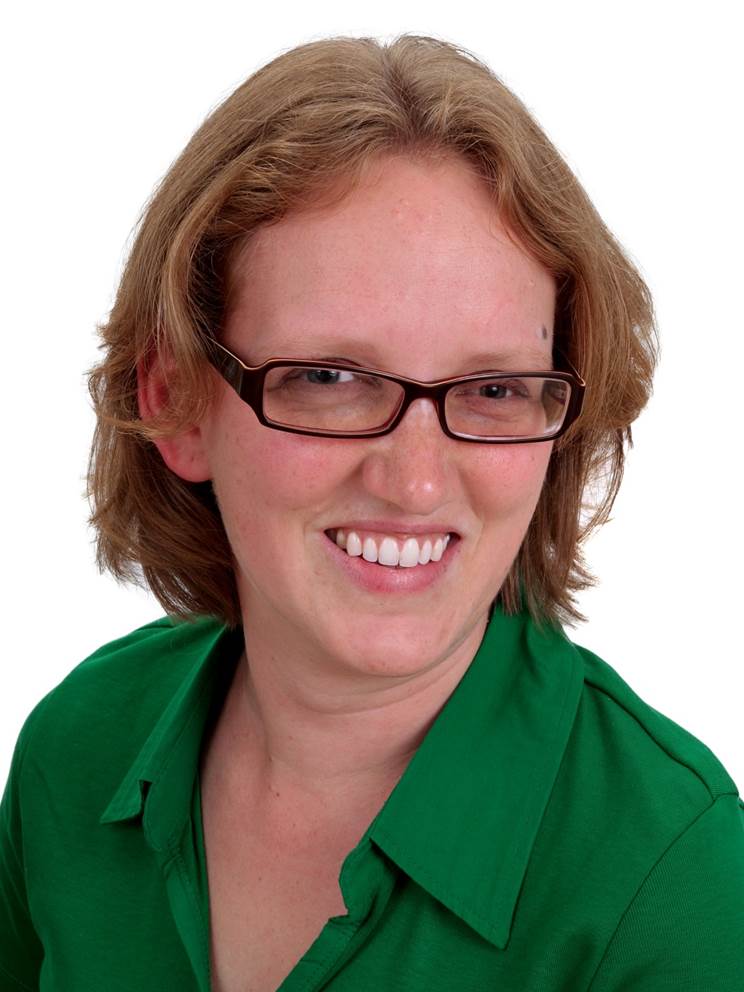Working towards an understanding of biogeochemical interfaces in soil: How do microbes, organic matter and mineral surfaces interact in an artificial soil system?

Abstract:
Soil biogeochemical processes are controlled by the interactions between mineral surfaces, organic matter and microorganisms present at so-called biogeochemical interfaces. Together these components make up the highly heterogeneous structure of soils that varies even at millimetre to micrometer scale, providing different habitats for microorganisms and creating local biogeochemical gradients. To be able to predict soil properties and functioning with respect to, for example, carbon sequestration and retention or degradation of pollutants, it is therefore important to understand the interactions taking place between mineral surfaces, organic matter and (micro)organisms.
Here, I will present the results of a collaborative project that worked towards understanding biogeochemical interfaces in soil using so-called artificial soils. These artificial soils were composed from known un-colonized minerals, sterilized organic matter and a microbial community extracted from a natural soil. These materials represented a simplified model system that allowed us to study the effect of mineral composition on biogeochemical interface formation, without the complicating effects of environmental conditions and development history present in nature. We used a range of interdisciplinary techniques that illustrate how microbial communities interacted with, and were affected by, the OM, mineral and charcoal surfaces present in their habitats.